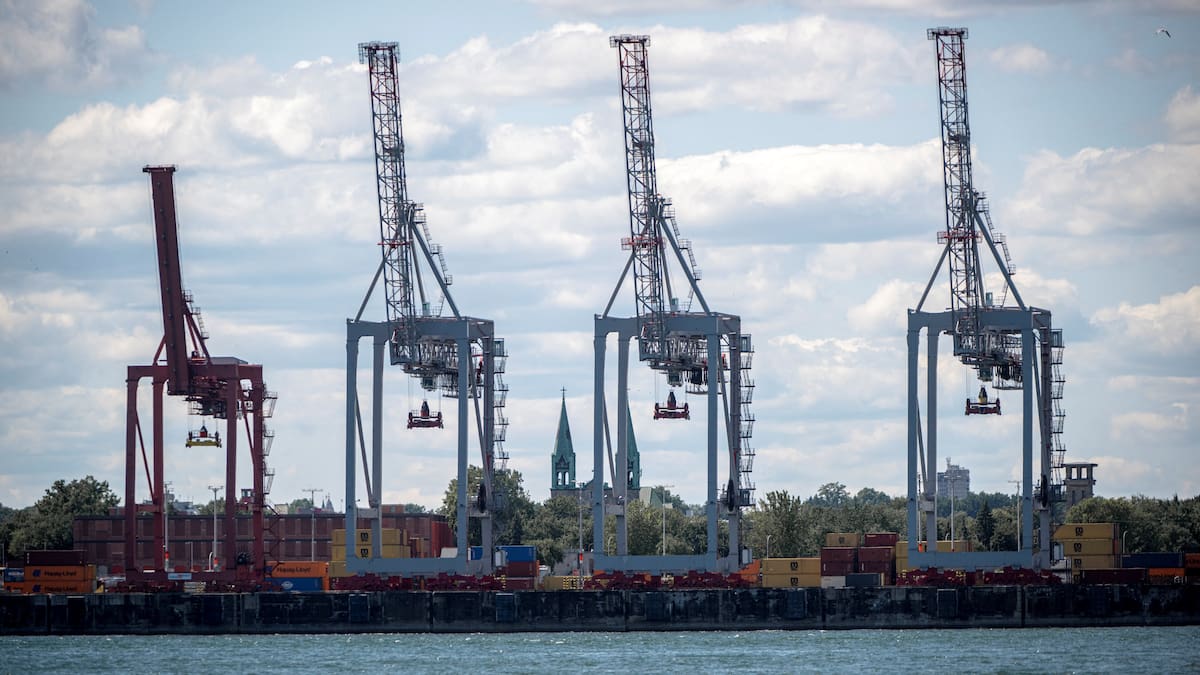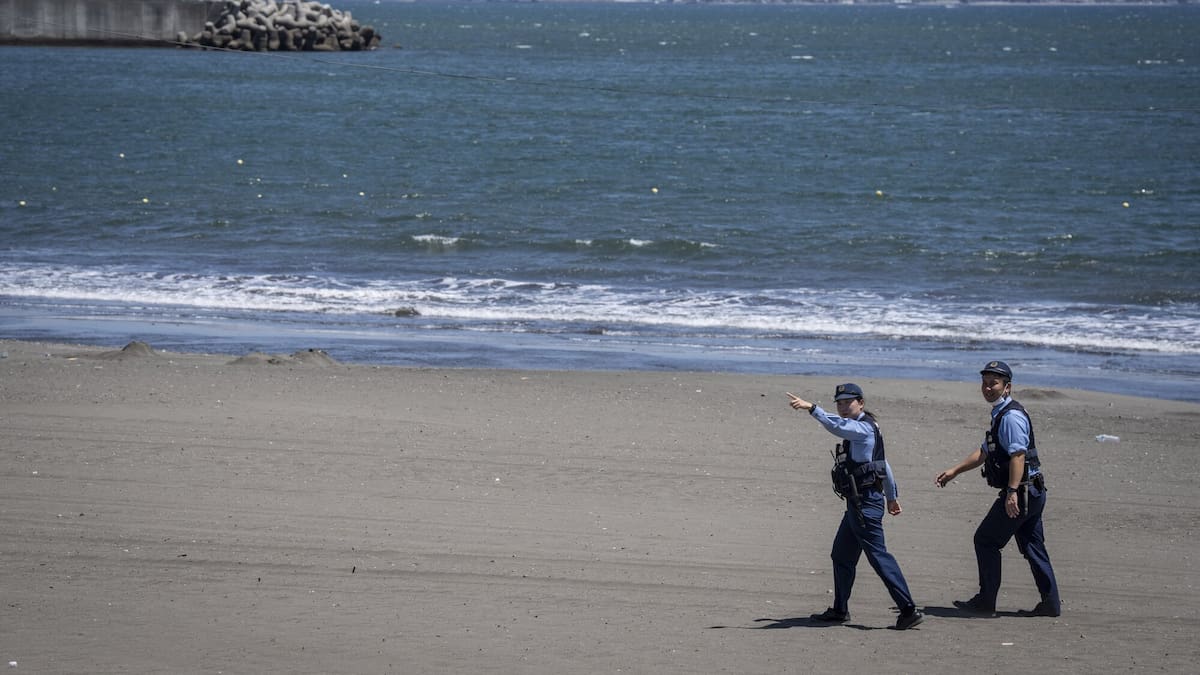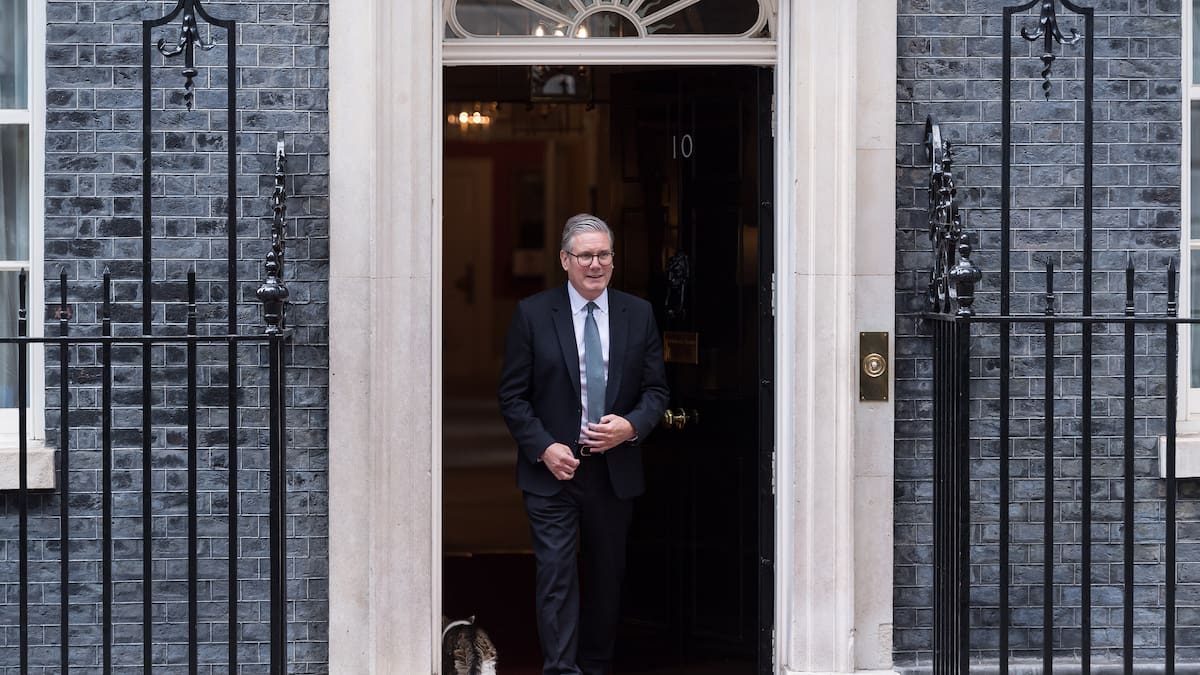But the muscular approach has raised fears of inflation and other economic fallout in the world’s biggest economy.
Stock markets in Hong Kong, London and New York slumped on Friday as they digested the turmoil, while weak US employment data added to worries.
Trump’s actions come as debate rages over how best to steer the US economy, with the Federal Reserve this week deciding to keep interest rates unchanged, despite political pressure from the White House to cut.
Data Friday showed US job growth missing expectations for July, while unemployment ticked up to 4.2% from 4.1%.
On Wall Street, the S&P 500 dropped 1.6%, while the Nasdaq tumbled 2.2%.
Political goals
Trump raised duties on around 70 economies from a current 10% level imposed in April when he unleashed “reciprocal” tariffs after citing unfair trade practices.
The new, steeper levels listed in an executive order vary by trading partner. Any goods “transshipped” through other jurisdictions to avoid US duties would be hit with an additional 40% tariff, the order said.
But Trump’s duties also have a distinctly political flavour, with the President using separate tariffs to pressure Brazil to drop the trial of his far-right ally, former President Jair Bolsonaro.
He also warned of trade consequences for Canada, which faces a different set of duties, after Prime Minister Mark Carney announced plans to recognise a Palestinian state at the UN General Assembly in September.
In targeting Canada, the White House cited its failure to “co-operate in curbing the ongoing flood of fentanyl and other illicit drugs” – although Canada is not a major source of illegal narcotics.
By contrast, Trump gave more time to Mexico, delaying for 90 days a threat to increase its tariffs from 25% to 30%.
But exemptions remain for a wide range of Canadian and Mexican goods entering the United States under an existing North American trade pact.
Carney said his Government was “disappointed” with the latest rates hike but noted that with exclusions the US average tariff on Canadian goods remains one of the lowest among US trading partners.
‘Tears up’ rule book
With questions hanging over the effectiveness of bilateral trade deals struck – including with the EU and Japan – the outcome of Trump’s overall plan remains uncertain.
“No doubt about it – the executive order and related agreements concluded over the past few months tears up the trade rule book that has governed international trade since World War II,” said Wendy Cutler, senior vice-president of the Asia Society Policy Institute.
On Friday, Trump said he would consider distributing a tariff “dividend” to Americans.
Notably excluded from Friday’s drama was China, which is in the midst of negotiations with the United States.
Washington and Beijing at one point brought tit-for-tat tariffs to triple-digit levels, but have agreed to temporarily lower these duties and are working to extend their truce.
Those who managed to strike deals with Washington to avert steeper threatened levies included Vietnam, Japan, Indonesia, the Philippines, South Korea and the European Union.
Among other tariff levels adjusted in Trump’s latest order, Switzerland now faces a higher 39% duty.
– Agence France-Presse






